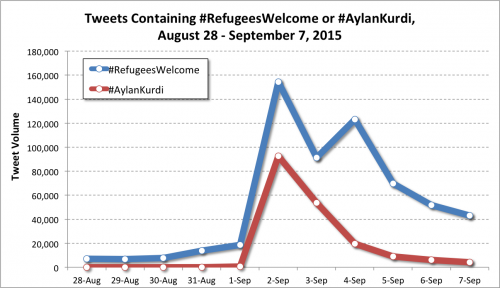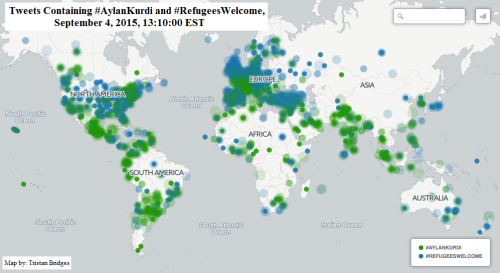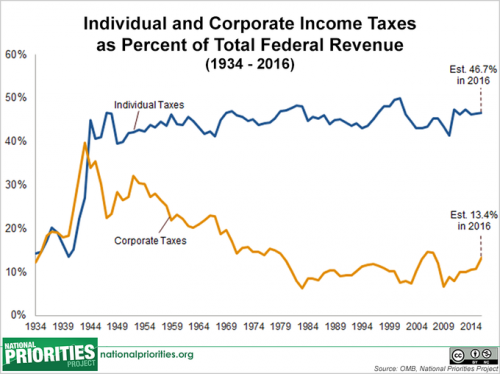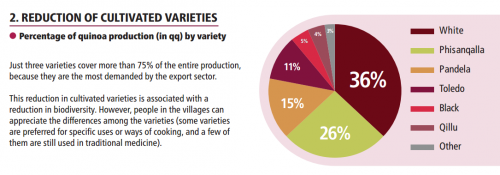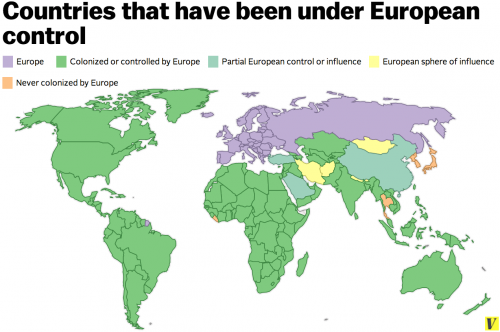 One of the first things other academics ask me is “why are you interested in toilets?”
One of the first things other academics ask me is “why are you interested in toilets?”
For the vast majority of people, the biological function of waste excretion is an after thought, an activity that nobody wants to talk about, and often times, the mere thought of talking about shit grosses them out. I, however, am fascinated by the human and political dimensions of human waste and the challenges that solving the global sanitation crisis presents. More than excrement itself, I’m interested in a holistic view of sanitation (waste disposal, transportation, removal, treatment and reuse). This interest stems primarily from my training as a chemical engineer, my work experience as a sanitation engineer and researcher, and my interest from my doctoral studies in understanding the politics of policy intervention.
Contrary to what one might think, toilets are political. Owning a toilet will become a necessary prerequisite for politicians to run for office in Gujarat, India. The new Prime Minister of India, Shri Narendra Modi, has made ending open defecation and increasing access to toilets one of his campaign promises and a crucial component of his political and public policy agenda. Modi’s “toilets first, temples later” has been seen as a strong statement in favor of increasing toilet and latrine access in India.
In my own work I have emphasized that even if we have the technical capabilities to increase access to toilets, latrines and sanitation infrastructure, often times we see lack of progress because institutional, cultural, behavioral and societal barriers have been erected through time. I have shown that the behavioral determinants of sanitation governance are complex and multicausal, and also have multiple effects. Not having a toilet in your own home or easily accessible can lead to violence and physical/sexual assault. Lack of toilets affects women disproportionately and leaves them vulnerable to physical violence. Earlier this year I wrote about the complex linkages between menstrual hygiene management, access to toilets, and violence against women.
To end open defecation and increase sanitation access, we need a set of policy strategies that aren’t solely focused (individually) on cultural practices, or access to latrines, or poverty alleviation. All these factors must be tackled simultaneously.
World Toilet Day takes place on November 19th. This year finally the United Nations named World Toilet Day an official UN day, although for all the noise it has been making, we are WAY behind the target for the Millennium Development Goals. If we really want to end open defecation by 2025, as the UN indicates, we are definitely going to need a better approach. In my own research, I have found that institution- and routine-based strategies help increase access to sanitation. I have also argued that access to toilets can be used as a political manipulation strategy. We should be interested in the global politics of sanitation because the crisis is far-reaching and widespread.
Today, I encourage you to reflect on the fact that over 1 billion people defecate in the open because they lack the dignity of a toilet, and that 2.6 billion people don’t have access to improved water and sanitation sources.
Think about it. It IS political. Because we can’t wait to solve the global sanitation crisis.
Raul Pacheco-Vega, PhD is a professor of Resource Management and Environmental Studies with a specialty in the global politics of sanitation. You can follow him at raulpacheco.org, where this post originally appeared, and on Twitter and Facebook.

